Continuing on our theme of the future of data storage, this week we’re looking at a potentially ground-breaking technology advancement, that actually, has been around for years (48 to be exact), but only now have researchers managed to utilise it to it’s full potential. Flash storage is too slow for your device’s main memory, but RAM is expensive and volatile. Phase-Change Memory is the technology used to store memory on optical disks (such as CDs and Blu-rays), but how exactly is this revolutionary? Well…
Thanks to a breakthrough from IBM, phase-change memory (PCM) might one day replace them both. The technology has been limited by the cost and storage density – cells are either “on” or “off.” However, IBM researchers have figured out how to save 3-bits of data per cell, dramatically increasing the capacity of the original tech.
The issue in the past has been PCM’s limited capacity and high cost; you can typically only store one 1 bit per cell. That makes it less useful for main memory applications like laptop or mobile phone storage. Yet IBM researchers discovered how to store 3-bits per cell by tinkering with how the crystals react to high temperatures, which are required to tap into multiple states for PCM cells.
Phase-Change Memory is sometimes called “perfect RAM” (PRAM) because data can be overwritten without having to erase it first. This makes it possible for PCM to function many times faster than conventional flash memory, while using less power. In addition, PCM chips are expected to last several times as long as currently available flash memory chips and may prove cheaper to mass-produce.
PCM memory could eventually be used in conjunction with flash to create an extremely fast cache for a mobile phone. It could also replace regular SSDs for time-critical applications, because PCM memory can read data in less than 1 microsecond, compared to 70 microseconds for flash. RAM is still much faster, of course, but in certain applications, PCM could work as “universal” storage and replace both RAM and flash memory.
There’s even cloud-based artificial intelligence applications that could benefit from PCM. “Machine learning algorithms using large datasets will also see a speed boost by reducing the latency overhead when reading the data between iterations,” the company writes. Compared with flash, which can withstand about 3,000 write cycles, PCM can withstand up to 10 million cycles, making it a potentially industry-changing technology for data centres.
Next week we’ll be jumping forward in time and talking about Holographic Storage Technology. It technically doesn’t yet exist, but will it be the next big thing?


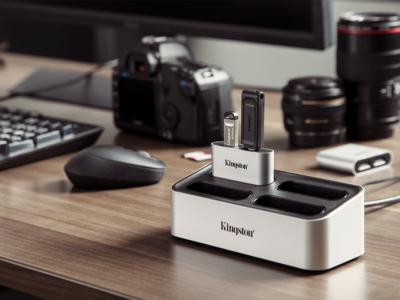
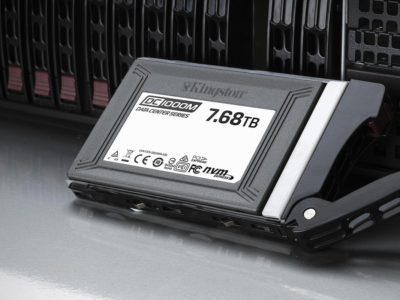
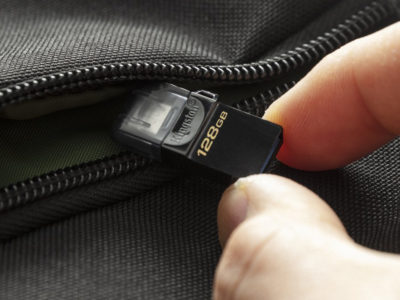
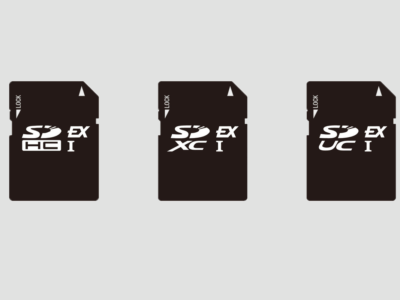
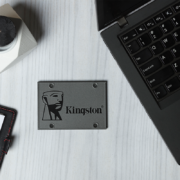




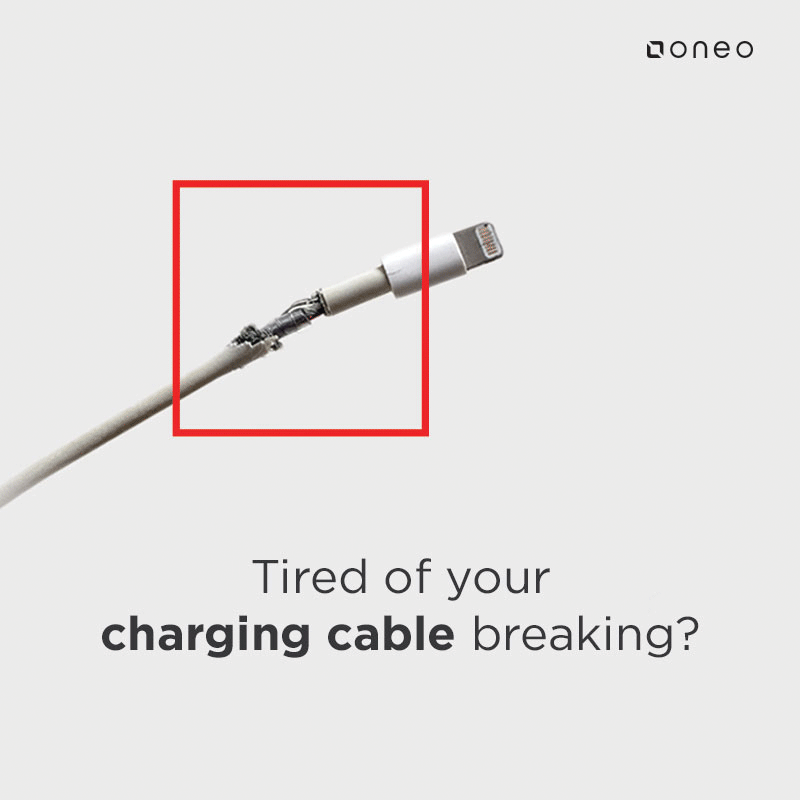
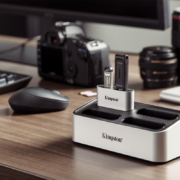

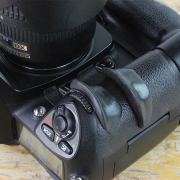

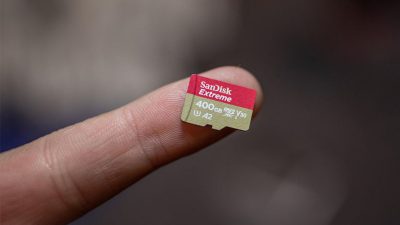

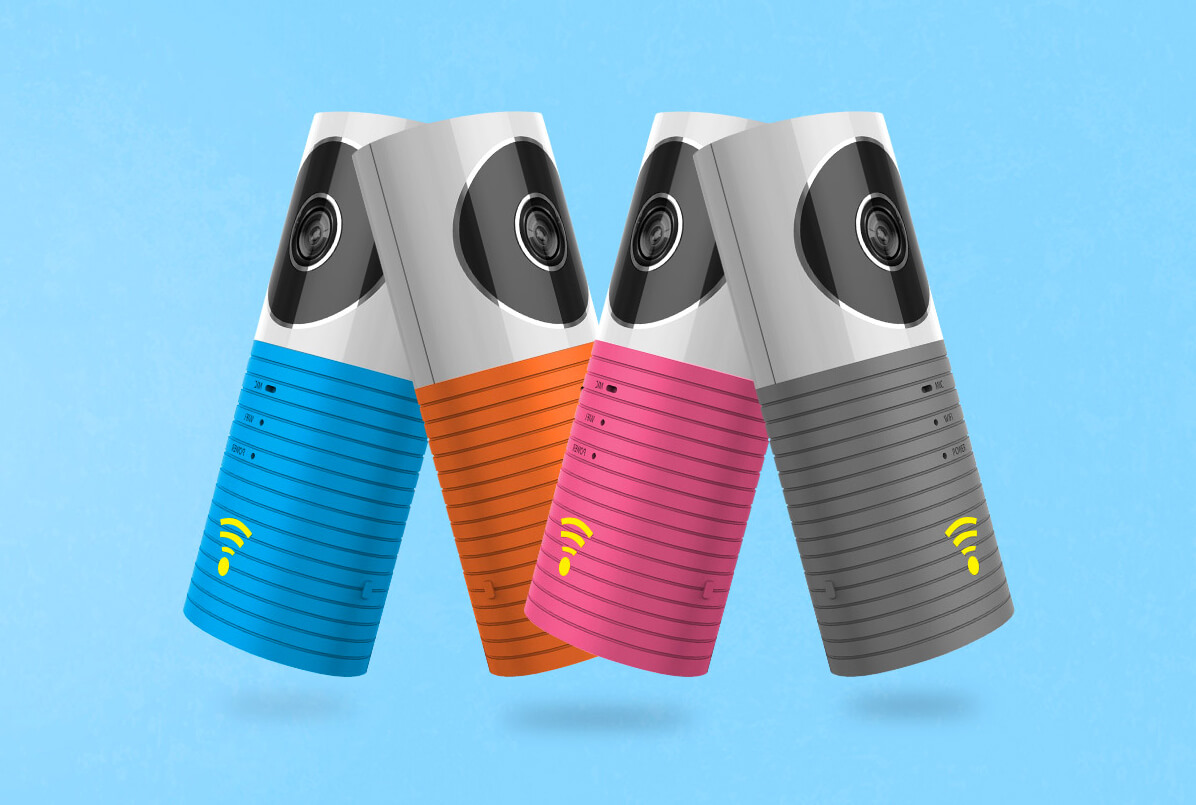
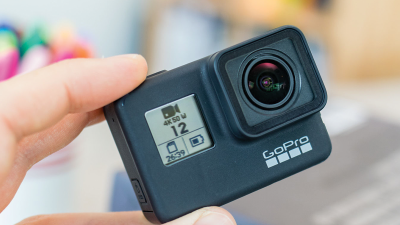
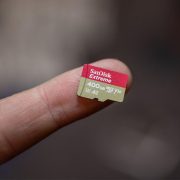

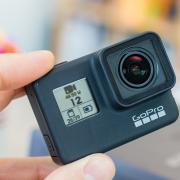
Comments